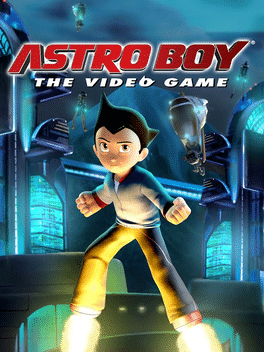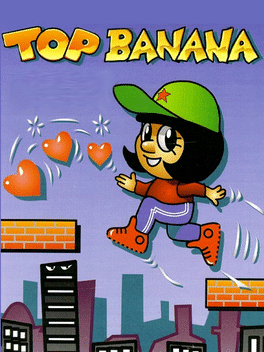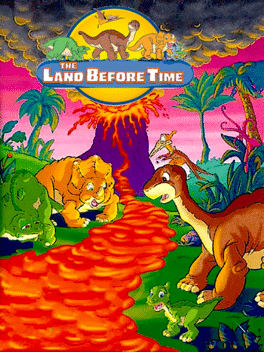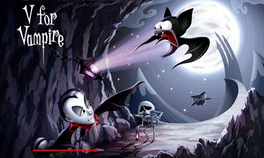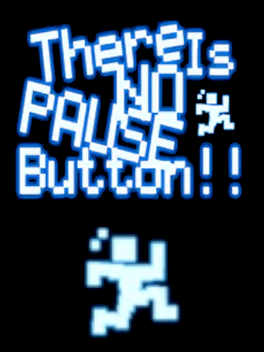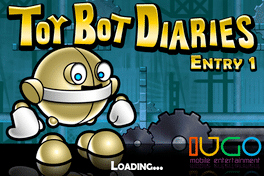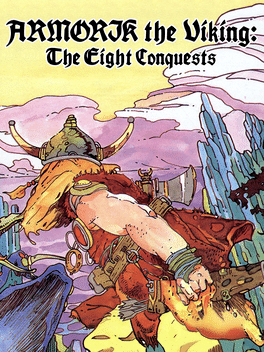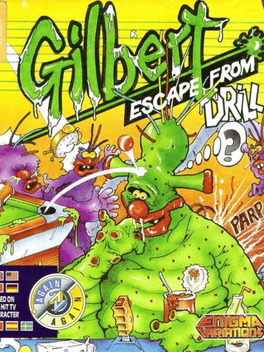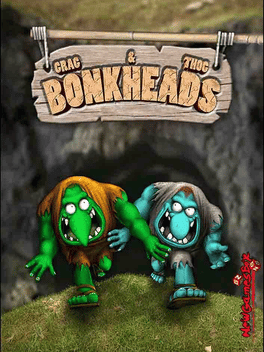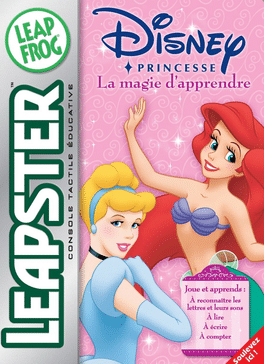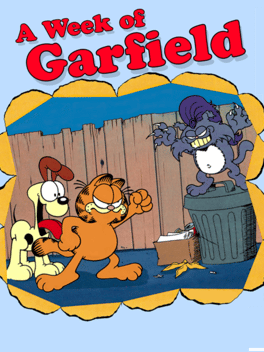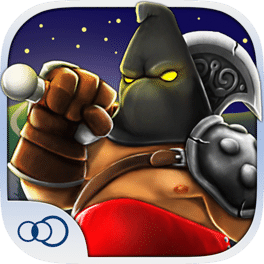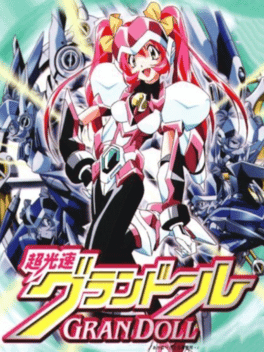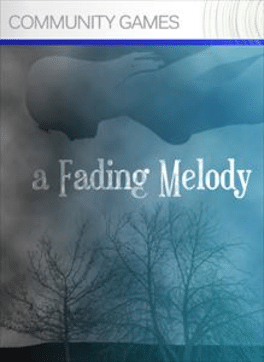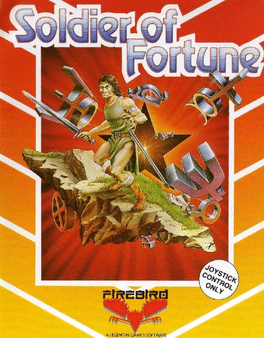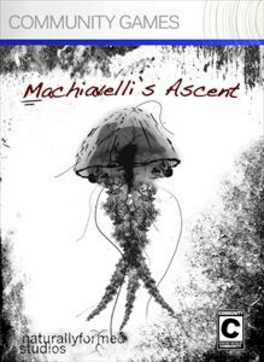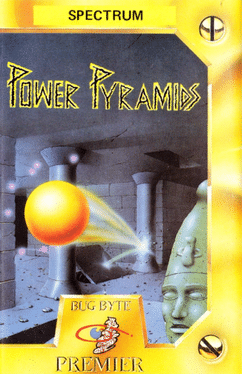Most Popular Ps2 Games - Page 287
-
Astro Boy: The Video Game
2009
Astro Boy centers around a boy-robot named Astro that tries to bridge the relationship between humans and robots. This game is based on the computer-animated superhero film named "Astro Boy". This Nintendo DS version offers a different artstyle and more classic 2D platforming experience compared to the PSP, PS2 and Wii versions that utilize more 3D-looking graphics while keeping the platforming to a more 2,5D experience -
Top Banana
1991
-
The Land Before Time
2002
The Land Before Time
2002
The Land Before Time is a 2D platforming game developed by Full Fat for the Game Boy Advance. It was released in North America in February 2002, and Europe the following month, both published by Conspiracy Entertainment. -
V for Vampire
Help the little Vampire to make his way through the levels to the objects of his desire: Beautiful pale Princesses with delicious royal blood running through their veins! -
There is No Pause Button!
2013
Start with up to 999 lives in this fast paced action game where you have only moments to react to what lies ahead! Spikes, dragons, lava pits and false floors are just a few of the obstacles you'll encounter in your dash to the finish; and when the sweat starts to fall and you need a break, just remember - There is no pause button ... -
Toy Bot Diaries
2008
-
Armorik the Viking: The Eight Conquests
1988
Action platformer with incredibly harsh time limits and infinitely respawning enemies. You are brave warrior Armorik, seeking to immortalize your name in the book of Viking legends. Luckily for you, the great god Thor has reviewed your application and mulled over your case. Thor agrees to reward you with eternal fame... provided that you single-handedly conquer the eight territories of the North. -
Gilbert: Escape from Drill
1989
You are in control of Gilbert (most unusual, you had better make the most of it!) He can walk, jump, float and swim around Drill and can protect himself from the various weirdo creatures that will try to stop him by "snotting" at them (YUK!). -
Groove Adventure Rave: Plue no Daibouken
2002
In this game you play Plue, a character from the Rave Master / Groove Adventure Rave manga and anime series written by Hiro Mashima. The game is a side scrolling platformer where the goal in each stage is to locate the exit to the next area. Plue can defeat his enemies by jumping on them (much in the same style as several games in the genre). And to aid him in his quest there are tons of various lollipops for him to eat, either for points, but also to give him various attributes to help him along. One lollipop will make a little arrow appear over his head to show him where to go, while another one might make give him some health back. There are over 100 types of candy in the game to be found. Plue will occasionally run across various boss battles as well while he travels through the lands (and underwater in some cases). -
Bonkheads
1997
Bonkheads
1997
Bonkheads is a classic 2D platformer in which you battle waves of pests, in order to save your homeworld. -
Disney Princess: Enchanted Learning
Disney Princess: Enchanted Learning is the very first Disney Princess Leapster game. Your little one can become a princess just like Disney's beloved Cinderella and Ariel, but the title must be earned as she masters early math and reading skills. This LeapFrog Leapster Multimedia Learning System teaches more than 45 important skills including number recognition, counting, letters and phonics. -
A Week of Garfield: Garfield no Isshukan
1989
A Week of Garfield is a 1989 Family Computer title based on the comic character Garfield. It was only released in Japan due to issues with using the Garfield license in North America and Europe. It is the third video game to be based on Jim Davis' Garfield Comics The game is a sidescrolling action game in which enemies can be mice, spiders, birds and other assorted animals. Garfield's default attack is a low judo-style kick when he is standing on his hind feet. There are also several powerups that are limited to how many Garfield has the ability to pick up. A time limit prevents players from wandering aimlessly throughout the level looking for power-ups. -
Soldier of Fortune
1988
-
Machiavelli's Ascent
Machiavelli's Ascent is an XNA Indie Game also released for the iPhone. -
Power Pyramids
1988
